How to Choose Organic Baby Clothes: A Parent’s Guide to Safe Fabrics

Did you know that organic baby clothes can contain up to 60% fewer harmful chemicals than conventional alternatives?
Your baby’s skin absorbs substances from clothing that touches it all day, every day. Surprisingly, conventional fabrics often contain pesticide residues, formaldehyde, and synthetic dyes that can irritate sensitive newborn skin. When choosing organic kids clothing, you’re not just preventing potential rashes and allergic reactions—you’re making a healthier choice for your little one’s developing immune system.
Besides protecting your child, sustainable kids clothing supports ethical manufacturing practices and reduces environmental impact. However, navigating the world of organic baby wear can be confusing with various certifications, materials, and price points to consider. This guide will walk you through everything you need to know about selecting safe, natural fabrics that keep your baby comfortable while giving you peace of mind.

Why Choosing Organic Baby Clothes Matters
Your baby’s delicate skin deserves the purest fabrics possible. Choosing organic baby clothes isn’t merely a trend—it’s a critical decision that directly impacts your infant’s health and wellbeing. Let’s explore why making this choice matters so much for your little one and our world.
Protecting your baby’s sensitive skin
Babies are particularly vulnerable to skin irritation due to their unique physiology. Their skin is approximately 30% thinner than adult skin and has a higher surface area-to-body volume ratio. This delicate barrier is significantly more permeable, allowing substances to absorb more easily into their developing bodies
Unlike adults, infants cannot effectively filter out harmful substances that come into contact with their skin. Their developing systems are still learning to process environmental exposures, making them far more susceptible to irritants found in conventional clothing.
According to the National Eczema Association, fabric is the most important aspect to consider when looking for skin-friendly clothing for babies. The organization specifically recommends 100% organic cotton as it’s less likely to contain potential allergens and formaldehyde resins that can trigger reactions in sensitive skin.

Reducing exposure to harmful chemicals
Conventional cotton ranks as the third greatest user of pesticides in the United States and the fourth greatest user of pesticides worldwide. These chemicals don’t simply disappear during processing—they remain as residues in the finished garments.
A 2022 study published in Environmental Pollution examined infant bodysuits and found that conventional cotton contained substantially higher levels of polychlorinated biphenyls (PCBs) than organic alternatives. PCBs have been linked to concerning health effects, including:
- Skin rashes and irritation
- Respiratory issues
- Immune system suppression
- Reduced vaccine efficacy in children
- Developmental problems
Furthermore, many baby clothes contain additional chemicals for functional purposes. Items labelled stain-resistant, water-resistant, or wrinkle-free often contain perfluoroalkyl substances (PFAS) or formaldehyde, both associated with serious health concerns. Seven of the top 15 pesticides used in cotton farming are known carcinogens, according to the U.S. Environmental Protection Agency.
The chemicals in conventional baby clothes pose particular dangers to infants because babies often put their clothing in their mouths and absorb substances through their more permeable skin. Additionally, since infants are still developing, they are less capable than adults of breaking down or eliminating chemicals naturally absorbed into their bodies.
Supporting a healthier planet
Conventional cotton cultivation requires substantial resources and generates significant pollution. In contrast, organic cotton farming uses up to 91% less water than conventional methods, making it significantly more sustainable.
Organic farming practices also eliminate the need for synthetic pesticides, fertilisers, and herbicides that contaminate soil and waterways. This approach preserves biodiversity and protects essential ecosystems that will support your child’s future.
Beyond environmental benefits, choosing organic supports ethical production practices. Conventional cotton farming often involves unfair wages and dangerous chemical exposure for workers. Organic cotton production generally promotes better working conditions and provides farmers with greater financial stability through reduced dependence on costly synthetic inputs.
By selecting organic baby clothes, you’re making a three-fold impact: protecting your baby’s sensitive skin, reducing their exposure to potentially harmful substances, and contributing to a healthier planet they’ll inherit. Given that infants wear these garments constantly against their skin during crucial developmental stages, this choice becomes particularly meaningful for their immediate comfort and long-term health.

Key Fabrics to Look for in Organic Baby Clothes
When selecting what touches your baby’s delicate skin, the fabric itself matters as much as the “organic” label. Not all natural fibres offer the same benefits, and each has unique properties worth considering for your little one’s comfort and safety.
Organic cotton: The gold standard
Organic cotton stands as the most trusted fabric choice for babies, especially those with sensitive skin or eczema. Unlike conventional cotton (which ranks as the third greatest user of pesticides in the United States), organic cotton is grown without toxic chemicals, harmful pesticides, or synthetic fertilisers.
The most reliable organic cotton baby clothes carry the Global Organic Textile Standard (GOTS) certification, which ensures:
- Products contain at least 95% certified organic fibres for “organic” label (or 70% for “made with organic”)
- All dyes are naturally derived or classified as safe synthetics
- Fabrics meet rigorous quality standards for washing, shrinking, and colour-fading
- Manufacturing occurs in safe, hygienic environments without child labour
Notably, organic cotton demonstrates superior breathability compared to regular cotton, helping regulate your baby’s body temperature, which is crucial because infants struggle with temperature regulation. A 2022 study found that organic cotton bodysuits contained substantially lower levels of polychlorinated biphenyls (PCBs) than conventional cotton alternatives.
Bamboo and its natural benefits
Bamboo fabric has gained popularity for being exceptionally soft and gentle on sensitive skin. Essentially, bamboo offers several distinct advantages for baby clothing:
Bamboo fabric runs approximately 3 degrees cooler than cotton and absorbs moisture more effectively. This superior breathability makes it particularly beneficial for babies with eczema or skin sensitivities. The hollow structure of bamboo fibres allows the fabric to wick moisture away from the body efficiently without feeling wet.
Primarily, bamboo’s natural hypoallergenic and antibacterial properties help prevent skin irritation while reducing the growth of odour-causing bacteria. This makes bamboo clothing stay fresher longer between washes—practical for busy parents.
Though bamboo has remarkable benefits, be mindful that not all bamboo fabric is created equally. Some manufacturing processes utilise harsh chemicals, such as sodium hydroxide and sulfuric acid. Look for certifications like OEKO-TEX® to ensure the bamboo fabric meets strict safety standards.
Hemp and linen for durability and breathability
Hemp represents one of the most resilient natural fabrics available for baby clothes, outlasting cotton by a significant margin. Undeniably, its durability makes it ideal for crawling babies who typically wear through their knees quickly.
Hemp fabric offers impressive protective properties, including:
Hemp contains natural lignin, which confers antibacterial and antimicrobial properties that protect against bacteria such as MRSA and E. coli. Furthermore, hemp provides UPF 50+ protection, shielding your baby from 95% of harmful UV rays.
A common misconception about hemp is that it feels rough. Conversely, modern processing techniques produce soft hemp fabric that becomes even softer with each wash. Hemp fabric excels at thermoregulation—keeping babies cool in summer and warm in winter.
Equally impressive, hemp requires significantly less water than cotton (up to 91% less) and grows without pesticides or fertilisers. This makes hemp baby clothes not only durable but also an environmentally responsible choice for parents concerned about sustainability.

How to Identify Truly Organic Baby Clothes
Navigating the world of baby clothing labels can be confusing, with many brands claiming to be “natural” or “eco-friendly.” In reality, truly organic baby clothes must meet specific standards. Let’s examine how to differentiate authentic organic garments from clever marketing.
Understanding certifications like GOTS and OEKO-TEX
The Global Organic Textile Standard (GOTS) serves as the worldwide leading textile processing standard for organic fibres. This prestigious certification ensures that, from harvesting raw materials to environmentally and socially responsible manufacturing, certified textiles provide credible assurance to consumers.
To identify GOTS-certified baby clothes:
- Look for the green and white GOTS logo displaying certification level—either “organic” (for items with 95%+ organic fibre content) or “made with organic” (for 70%+ organic content)
- Check for the license number and certifying body beneath the logo
- For extra verification, search the GOTS public database using the license number
OEKO-TEX® STANDARD 100 focuses primarily on chemical safety. This label indicates that textiles have been tested for harmful substances. Every item bearing this certification has passed safety tests for over 1,000 harmful substances. The closer the fabric contacts skin, the stricter the testing requirements—a crucial consideration for baby clothing.
Reading fabric labels carefully
Labels reveal crucial information about the authenticity of organic baby clothes. Primarily, understand the legal meaning behind percentage claims:
- 100% Organic: Products made exclusively with organic methods, containing only organic ingredients
- Organic (95%+): Contains at least 95% organic ingredients, with the remaining 5% from approved non-GMO substances
- Made with Organic: Contains 70-95% organic ingredients
- Less than 70% Organic: Can only list organic items on the ingredient panel with no front panel organic claims
Be wary of terms like “natural” or “eco-friendly” without specific organic content percentages. These vague descriptors often indicate greenwashing. Consequently, genuine organic garments clearly state the percentage of organic fibres used.
Moreover, examine the product for additional certification details. Authentic GOTS or OEKO-TEX certified products display certification numbers that can be verified through their respective databases. This verification step, though often overlooked, provides absolute certainty about the product’s organic status.
Spotting greenwashing tactics
Greenwashing—the deceptive practice of portraying products as more environmentally friendly than they are—runs rampant in the baby clothing industry. To avoid falling for these tactics:
- Question vague terminology: Be skeptical of ambiguous terms like “eco-friendly” or “green” without concrete evidence or certification
- Look beyond packaging: Many brands create a false sense of sustainability through earth-toned colors and nature imagery on packaging
- Research behind claims: If a company claims to be “plastic-free,” investigate exactly how and where they’ve eliminated plastic
- Beware of pricing inconsistencies: If organic baby clothes seem suspiciously inexpensive, investigate further—authentic organic certification adds production costs
- Verify certifications: Some companies create self-made eco-certifications lacking credibility
Remember that true sustainability extends beyond marketing—look for companies transparently communicating both their successes and areas for improvement. By thoroughly examining certifications, labels, and claims, you can confidently select genuinely organic baby clothes that protect your little one’s sensitive skin.

Smart Shopping Tips for Organic Baby Clothes
Building a sustainable wardrobe for your little one doesn’t have to break the bank. Smart shopping strategies can help you maximise both value and ethical impact when purchasing organic baby clothes.
Choosing versatile and adjustable pieces
Babies grow astonishingly fast, often outgrowing clothing within weeks. Instead of constantly replacing outfits, focus on versatile pieces that grow with your child. Neutral colours, classic prints, and gender-neutral designs ensure clothes can be easily passed down to siblings or friends.
Also, much of MiliMilu's sustainable kids' clothing is either between sizes or adjustable, allowing it to fit your child for a longer time. They prioritise quality over quantity.
Rather than accumulating excessive amounts of clothing, invest in fewer, high-quality organic pieces. Quality organic baby clothes resist wear and tear through multiple washes while maintaining their softness, shape, and colour. Brands like Hanna Andersson have built reputations on durability—their clothing is “sturdy enough to sustain through multiple hand-me-downs”. Although the initial cost might be higher, organic clothing ultimately offers superior value over time.
Consider these indicators of quality organic baby clothes:
- GOTS certification ensuring environmentally and socially responsible manufacturing
- Reinforced seams and quality stitching
- Dense, tightly-woven fabrics that maintain shape after washing
- Natural, non-toxic dyes that resist fading
Caring for Organic Baby Clothes to Make Them Last
Proper care of organic baby clothes not only preserves their quality but also maximizes their lifespan and value. With the right maintenance approach, these garments can remain in excellent condition for siblings or even become cherished heirlooms.
Washing tips to preserve fabric integrity
Understanding your organic fabric’s specific needs is essential for proper care. Initially, always check the garment’s care label for manufacturer recommendations. For organic cotton, use cold water on a gentle cycle to prevent shrinking and preserve colors. Bamboo clothing should be washed in cold water on a delicate cycle, as it’s more sensitive to temperature.
Turn garments inside out before washing to reduce friction on the fabric’s surface. For delicate items like cotton muslin or knitwear, hand washing remains the safest option. Subsequently, when machine washing is necessary, place items in a laundry bag to provide extra protection.
Choose mild, hypoallergenic detergents free from harsh chemicals, perfumes, and dyes. Indeed, fabric softeners should be avoided as they can break down fibers over time and potentially irritate baby’s skin. White vinegar serves as an excellent natural alternative that softens clothes without harmful additives.
Stain removal without harsh chemicals
Treating stains promptly is crucial—the longer a stain sits, the harder it becomes to remove. For effective natural stain removal:
- Gently blot (never rub) the stain immediately to absorb excess liquid
- Apply a paste of baking soda and water for general stains
- Use lemon juice on persistent stains as a natural bleaching agent
- Try white vinegar for breaking down tough spots
Sunlight works as a powerful natural stain remover and disinfectant. Simply wash the stained garment, then lay it in direct sunlight while still damp. This method is particularly effective for organic cotton items.
Proper storage to extend garment life
Prior to storage, ensure all garments are thoroughly cleaned and completely dry to prevent mildew growth. Fold knitwear items rather than hanging them to maintain their shape—hanging can stretch delicate fibers.
Store organic baby clothes in a cool, dry place with temperatures between 65-70°F (18-21°C) and relative humidity around 50-55%. Certainly avoid plastic bags which trap moisture; instead, use breathable cotton storage bags or acid-free tissue paper for wrapping individual pieces.
For seasonal storage, consider adding natural moth repellents like lavender sachets or cedar blocks rather than chemical mothballs. Finally, stuff hats, booties, and other shaped items to help them retain their form during storage.

Conclusion
Choosing organic baby clothes ultimately goes far beyond following a trend. Above all, these sustainable garments protect your little one’s delicate skin while reducing their exposure to potentially harmful chemicals during crucial developmental stages. Organic fabrics like cotton, bamboo, and hemp offer remarkable benefits—superior breathability, natural antibacterial properties, and exceptional durability that conventional alternatives simply cannot match.
Nevertheless, navigating the organic clothing market requires vigilance. GOTS and OEKO-TEX certifications provide reliable assurance that garments meet strict environmental and safety standards. Consequently, taking time to understand these certifications helps you avoid greenwashing tactics and make truly informed choices for your baby.
Though organic baby clothes might require a higher initial investment, their quality and versatility make them cost-effective long-term purchases. By choosing adjustable pieces, prioritizing quality, and exploring second-hand options, you can build a sustainable wardrobe without breaking the bank.
Additionally, proper care extends the life of these precious garments. Using gentle washing methods, natural stain removers, and appropriate storage techniques ensures these clothes remain in excellent condition—ready for siblings or even as treasured hand-me-downs.
The choices we make today for our children’s clothing affect both their immediate comfort and long-term health. Through mindful selection of organic fabrics, you provide your baby with the purest start possible while supporting sustainable practices that help preserve the world they will inherit. This thoughtful approach to baby clothing represents one of the most meaningful ways parents can protect their children’s.

References
[1] - https://parentree.co/blogs/best-newborn-baby-gifts/why-organic-clothing-is-better-for-your-baby-and-the-planet?srsltid=AfmBOooVnczvc3ovfAJ6HRqR1mq0NtBqvfbce4iSuRynJ_zTp_Uwmtuj
[2] - https://www.upchoose.com/
[3] - https://www.ewg.org/news-insights/news/2022/11/new-baby-textile-product-tests-show-concerning-levels-toxic-forever
[4] - https://www.oeko-tex.com/en/our-standards/oeko-tex-standard-100
[5] - https://macraeskye.com/blogs/macrae-skye-blog/quick-guide-to-spotting-greenwashing-in-kids-clothing-brands?srsltid=AfmBOor2NNK-jNe84jLEow3TTtad6yZ0y9_9fbnsxSwFneO5kB_28UIs
[6] - https://ota.com/organic-101/what-is-organic/how-read-organic-labels
[7] - https://www.happiestbaby.com/blogs/baby/organic-cotton-benefits
[8] - https://cuddlesprouts.com/blogs/news/organic-cotton-vs-cotton?srsltid=AfmBOoobPB776hf-q53biW3XeUsmOEwJLyZnptujjMwb_JQZuKTcNW_K
[9] - https://kytebaby.com/blogs/news/the-benefits-of-bamboo-fabric?srsltid=AfmBOoqk_AAZqB1JWKcQ8ELKdtsN5ygpy86EmeP4AwgJYH6WFab89JPG
[10] - https://bamboolittle.com/blogs/news/why-bamboo-baby-clothing-is-the-ultimate-choice-for-comfort-and-sustainability?srsltid=AfmBOoqgx7Lc7LRhN3xc8dRAedAdLaVz3Aoi1ipHKvprXs6KOoZGE9E3
[11] - https://www.leafscore.com/eco-friendly-kids-products/the-pros-and-cons-of-
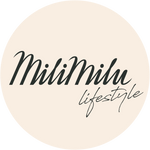

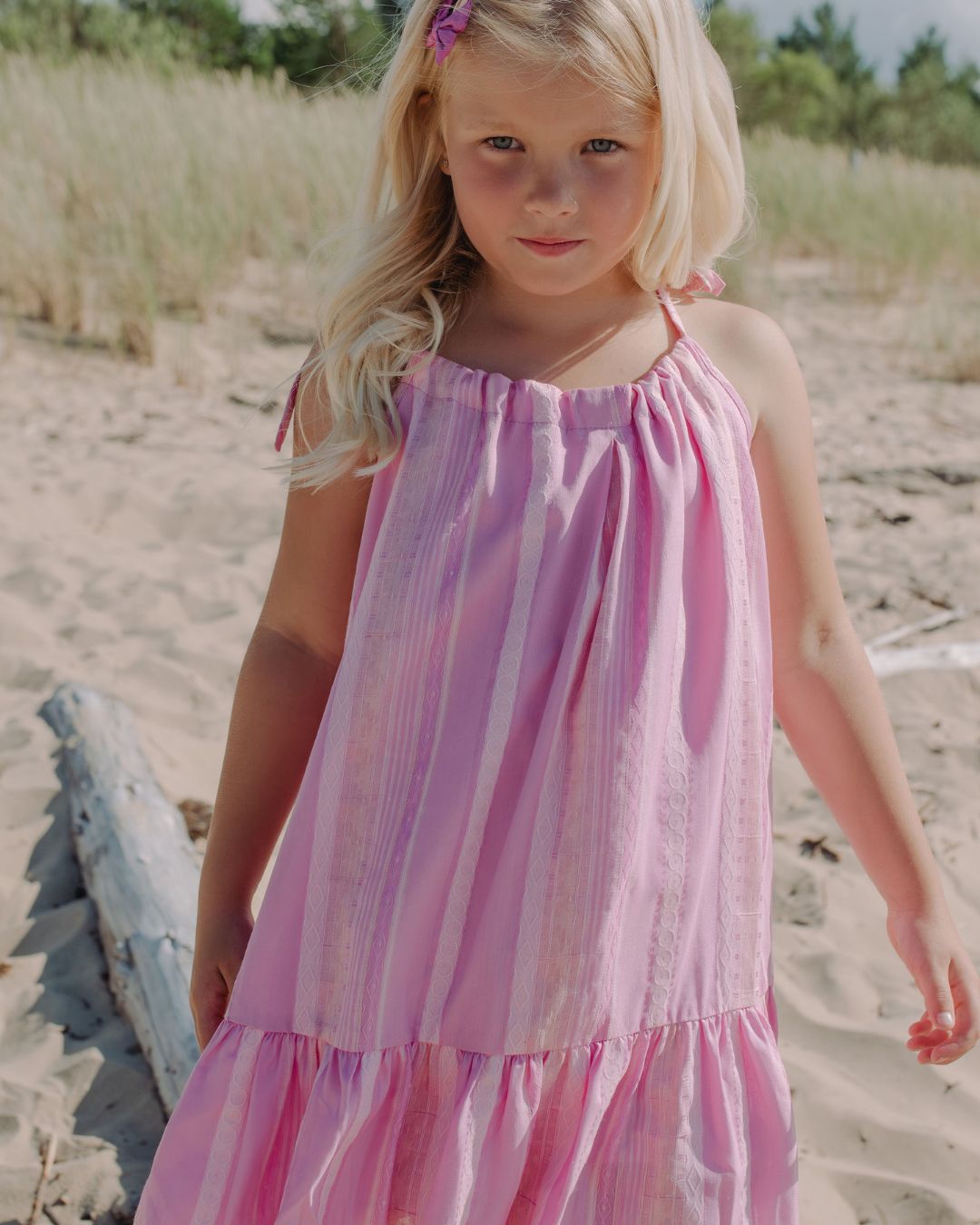
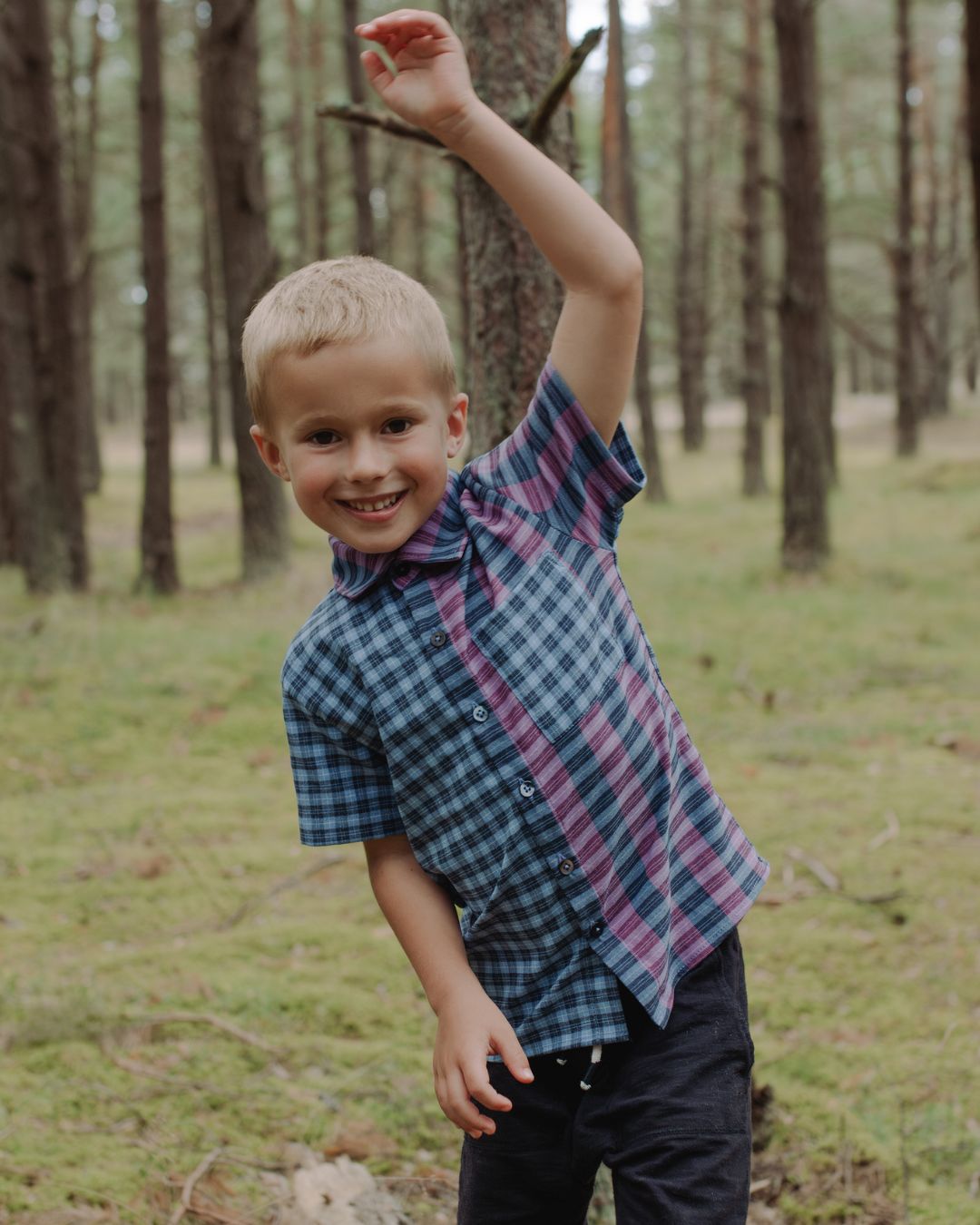
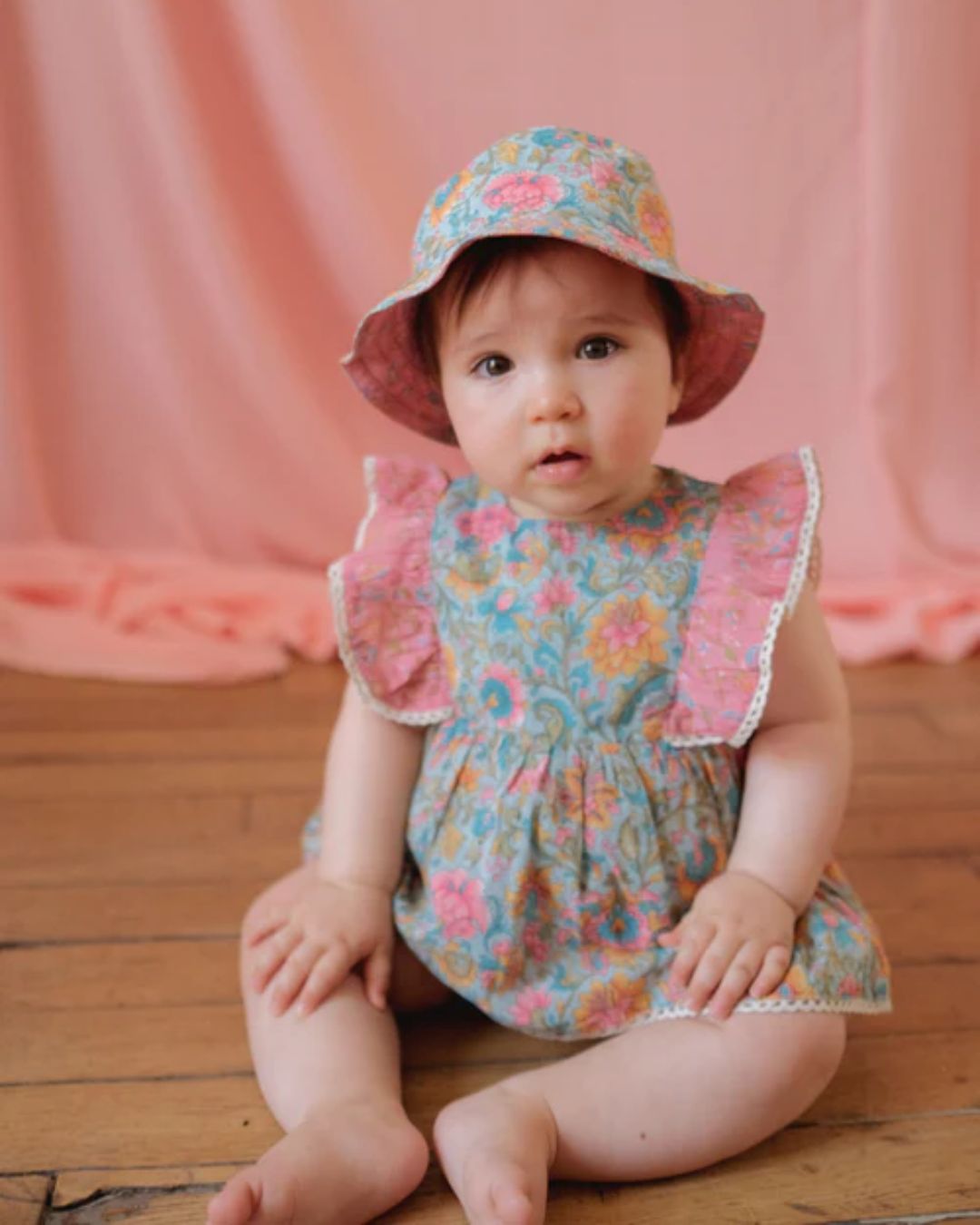
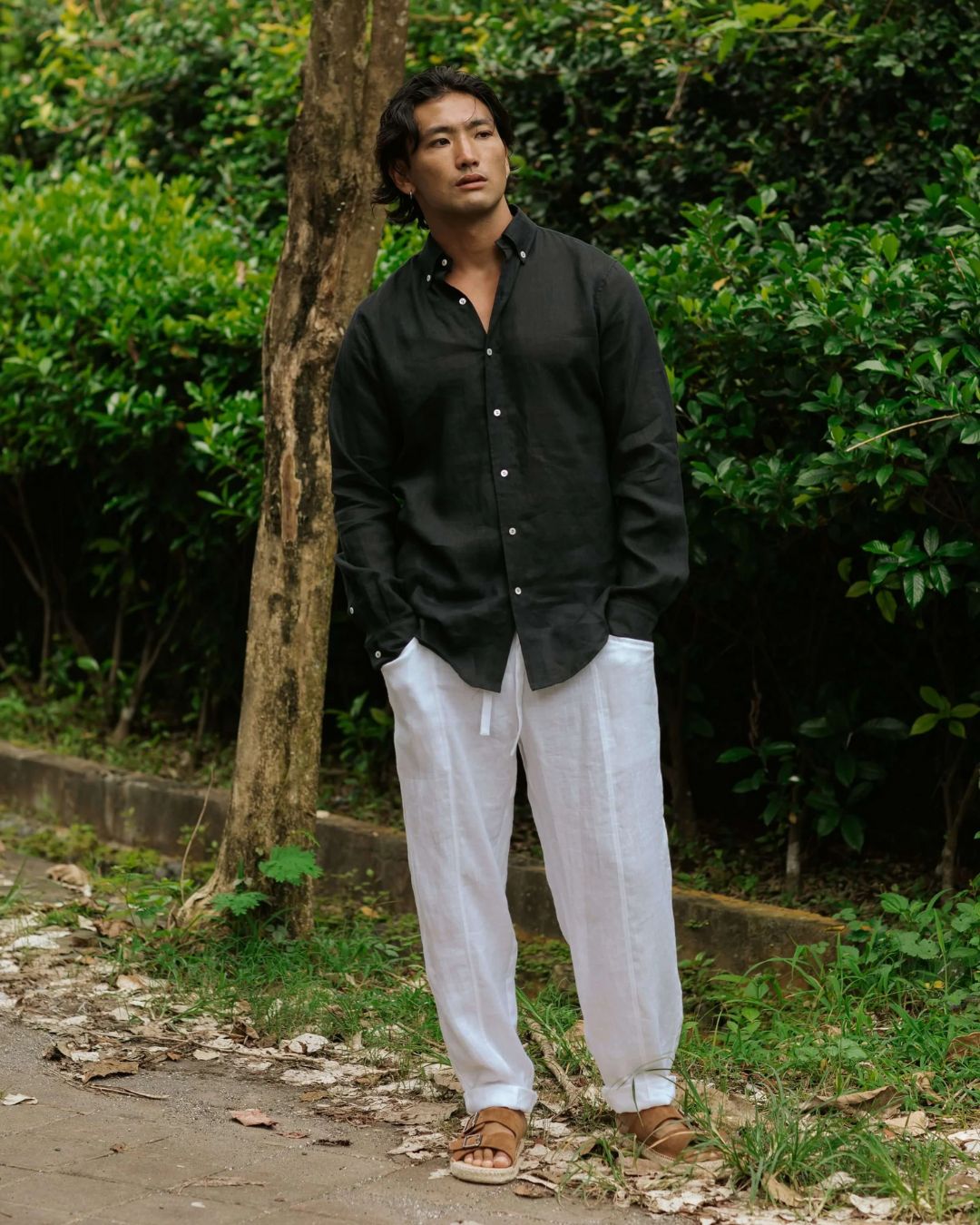
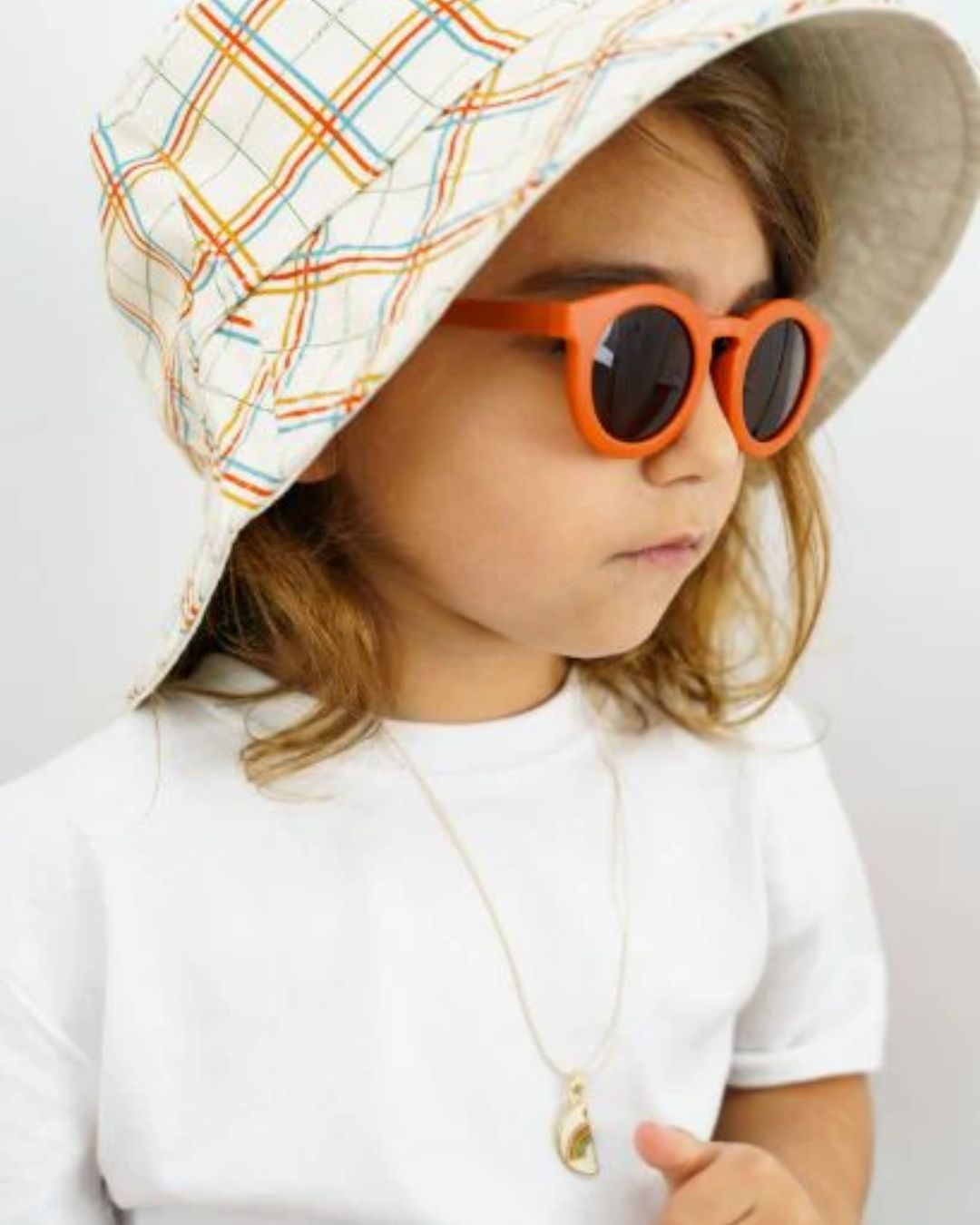
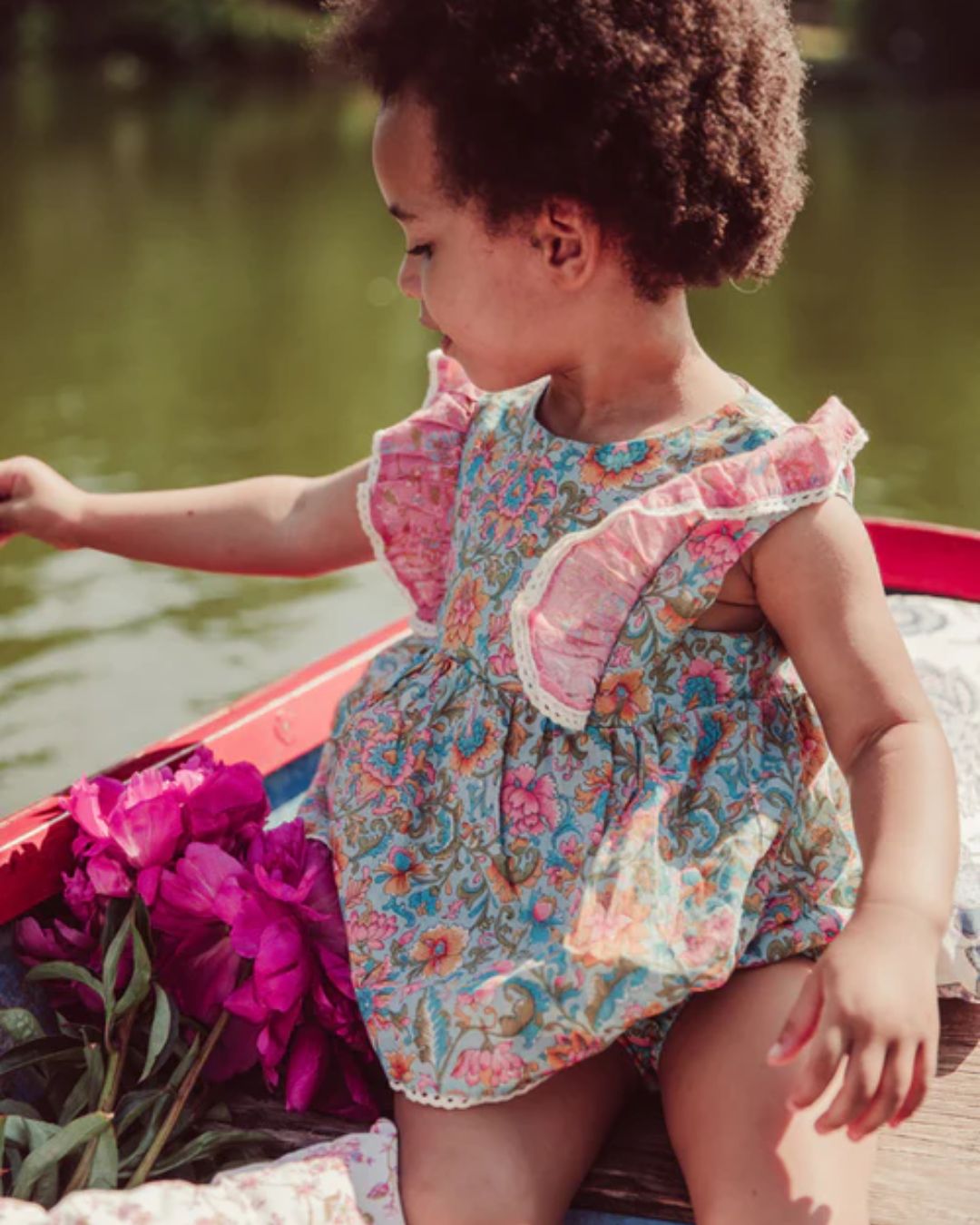





Comments